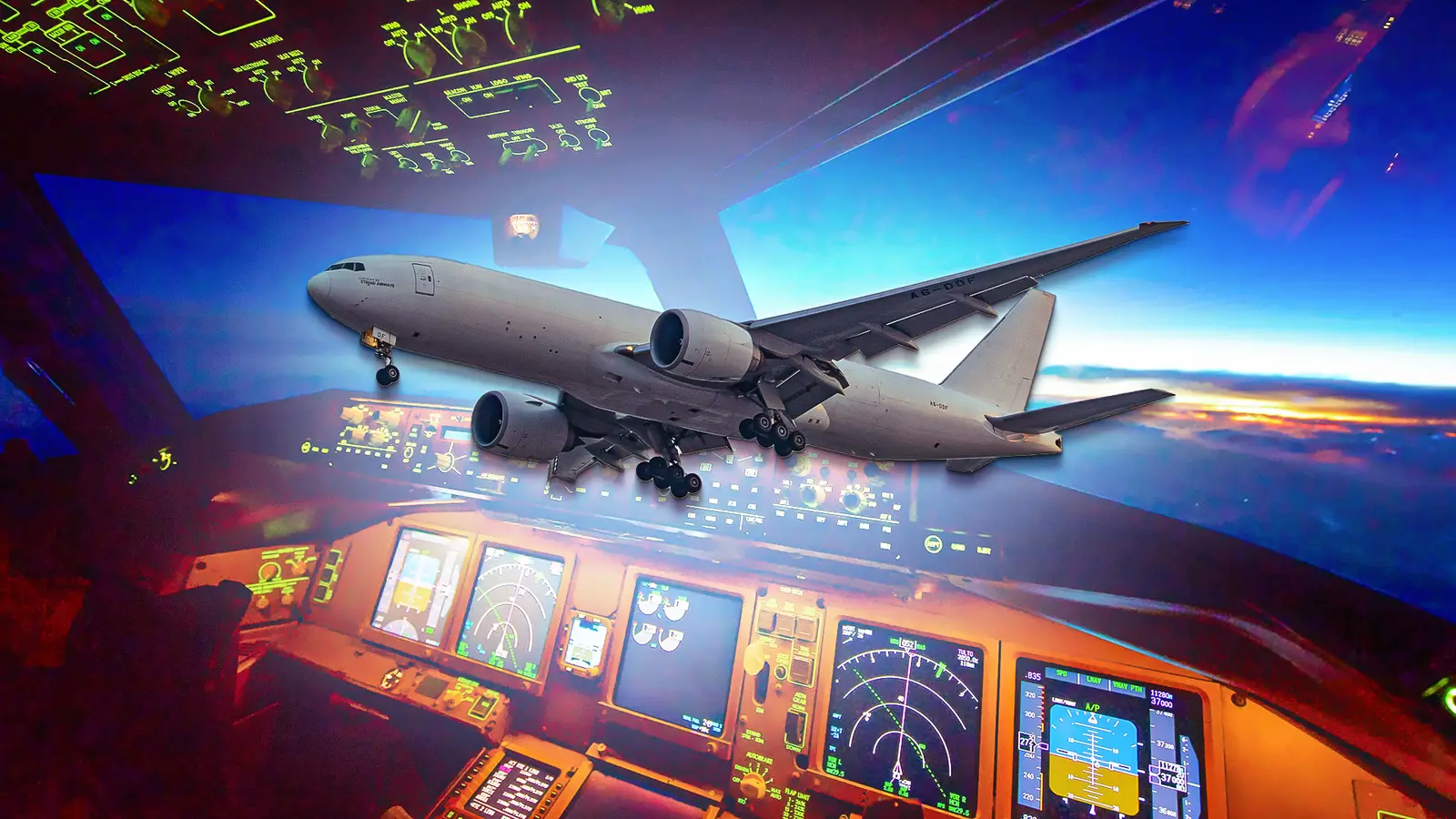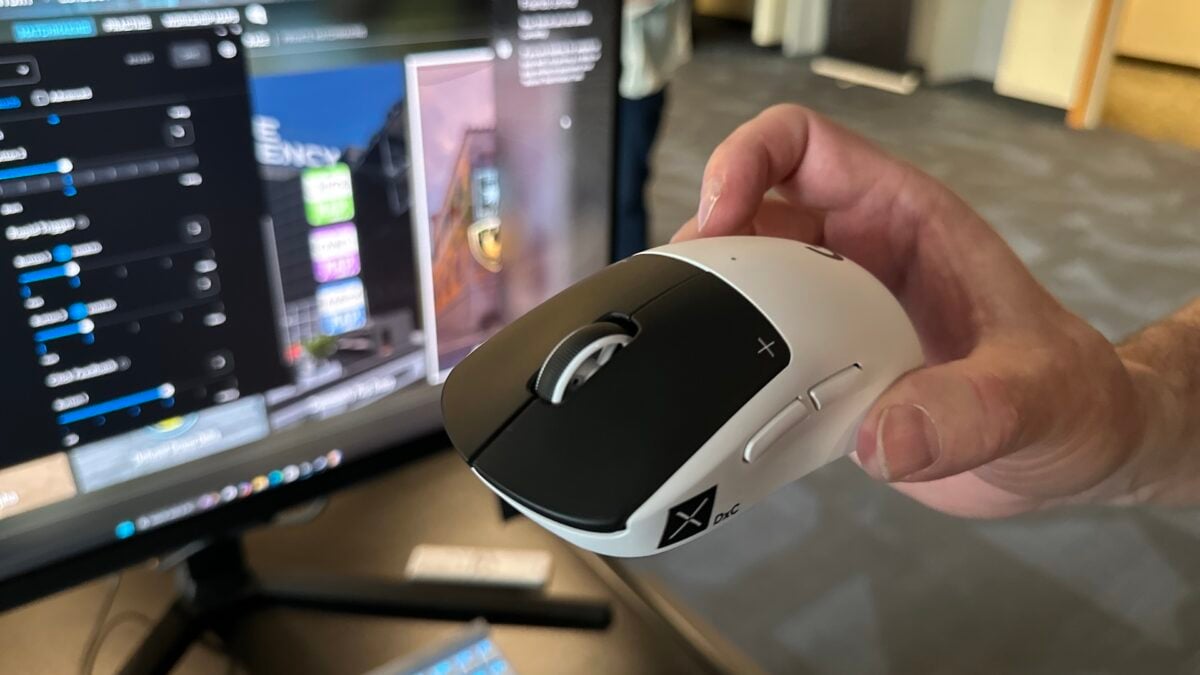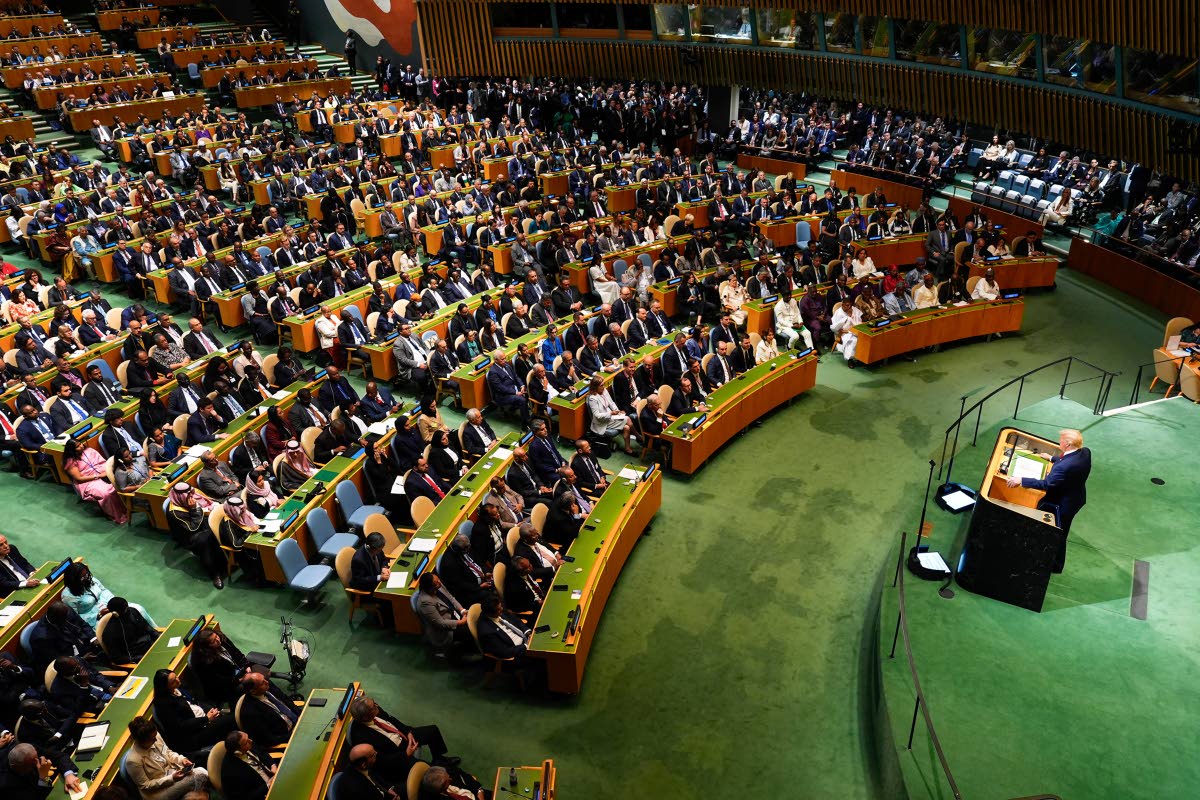
The Boeing 777 family is known for its industry-leading flight deck that has proven popular among airlines, pilots, and aviation thought leaders. In 1993, the flight deck received the Industrial Design Excellence Award from the Industrial Designers Society of America. This was the second time that an aircraft had been recognized by the prestigious organization. The first time was for the 777’s passenger cabin in 1992.
Along with its clear strengths, the original 777 flight deck was also designed to have ample room for improvement. That has meant that the flight deck has been developed to incorporate the latest technology into the aircraft’s subsequent variants. In this article, discover everything you need to know about the design of the 777 flight deck and why great flight decks are essential. Then discover how the 777X’s flight deck represents a progression from the current 777 flight deck based on advancements made during Boeing 787 Dreamliner’s development.
What Features Does The Flight Deck Boast?
The quality of the flight deck is carefully designed to ensure that displays, controls, and automation are integrated. This means that pilots can work efficiently, making their job easier and ensuring everything stays on time. It all starts with large flat-panel displays that present flight information in a readily accessible form. Pilots can use these screens to quickly analyze flight parameters for safety, scheduling, passenger comfort, and economics.
These screens come preloaded with electronic checklists. Airlines can customize these so that the information is tailored to their unique information and procedures. The checklists pull the flight crew and airplane systems together so that certain items can be checked off automatically, while others are pushed to the fore to remind the crew of complex required operations. That all means less time on the ground and more time in the sky, where airlines make their money.
The checklist is paired with the Electronic Flight Bag (EFB). Documents, including charts, flight manuals, aircraft and pilot logbooks, and electronic airport qualification information, are downloaded onto crew members’ devices. While expected in the 2020s, this development was revolutionary. It stopped pilots from having to carry around heavy briefcases overflowing with documents. Pilots also only require one EFB, whereas the expenses of creating and printing out flight documents would have occurred in the past. That sounds small, but it has a significant impact in an industry constantly struggling to make small profit margins work.
Why Are Well-Organized Flight Decks So Important To Pilots?
The classic image of an aircraft cockpit is a pilot surrounded by seemingly hundreds of buttons. Non-pilots struggle to fathom how it is possible to remember them all. Much of the work here is done by the aircraft manufacturer, whose designers spend hours figuring out the best button layout. Pilots can then build processes, memorizing all the series of actions needed for the day-to-day operation of the aircraft.
Buttons are placed in sensible places, so switches used in the same processes are close together, making everything a lot more efficient. Pilots can use hundreds of buttons during a single flight, and having to throw oneself around the flight deck to reach them all would make everything far harder.
In many ways, the extreme number of buttons aboard a flight deck is unavoidable. That is because certain safety features are rarely used but essential in an emergency. Simple Flying’s Jack Herstam refers to “dust collectors” like alternate landing gear levers and switches, flap override buttons, and fire handles that most pilots won’t have to use during flight, because using them means something has gone seriously wrong. Yet, all pilots practice with these features in the simulator, and a good flight deck will make it easy to remember where they are following the training sessions.
The Perils Of Flight Deck Difficulties
Even aboard an aircraft with a well-designed flight deck layout, confusion in the cockpit can mean disaster. This May, Simple Flying reported on the investigation into a fire during a British Airways 777’s takeoff roll. The investigation found that human error was the cause. The pilot inadvertently pulled back on the thrust levers rather than the control column. The resulting rejected takeoff at exceptionally high speed caused the right-side main wheel to burst into flames. Nobody was injured in the incident.
The report by the Air Accidents Investigations Branch reads: “The V1 callout was a normal prompt for the co-pilot to move his left hand during the takeoff roll, while preparing to pull back on the control column with his right hand. However, he unintentionally pulled his left hand back instead. The resulting ‘action sequence’ resembled the RTO or landing maneuvers, rather than a normal takeoff.”
Crucially, the report exonerates both British Airways and the 777. It suggests there was no apparent reason for this having taken place, such as changes to simulator practices. Likewise, the pilot was also unsure why they had taken the action. Everything pointed towards a momentary lapse in concentration. As a result, the incident shouldn’t be taken as evidence that the 777 flight deck has problems. Still, it demonstrates the dangerous consequences of mistaken action during the most action-packed stages of an aircraft’s operation.
Where Else Has The 777 Been Award Winning?
It isn’t just the flight deck that has caught the imagination of the aviation industry and beyond. The cabin was also the envy of other manufacturers when the jet was first launched and continues to impress. Alongside the aforementioned industrial design sector award, the cabin design has led to the 777 being voted the best airplane for air travel by the readers of American Express’ Executive Travel magazine six years in a row. The 777 also won Business Traveler magazine’s ‘Best Aircraft Type’ recognition three years in a row. It has been particularly popular among business executives who travel by aircraft over 38 times a year.
Boeing attributes these successes to a number of factors. Firstly, it highlights the jet’s “elegant architecture,” which provides passengers with width and open sight lines. The jet was designed to have an unusually high ceiling, so passengers could take in the whole Cabin. It also means that taller passengers don’t have to stoop. Boeing also hopes that passengers won’t have to rush to stow their bags, as the 777 has spacious overhead bins, built to accommodate at least one bag per passenger.
The table below compares the key specifications of two of the most important 777 variants according to Boeing – the 777-200LR and -300ER. Such specs have led airlines to be able to fly the jet profitably, while its cabin ensures its popularity:
The final standard set by the 777 was its dynamic LED lighting, incorporated into more recent variants. Airlines use this lighting to match the required ambiance of each stage of a flight: brighter lighting for meal times and darker lighting at night. They can also pick colors that match their brand. Most modern airliners now include such lighting in their passenger experience.
The 777X Flight Deck Will Pull From The 787
The 777X is also slated to have an advanced flight deck. However, it will pull plenty of the innovations from the 787, a jet that made advancements from features shared with other Boeing families. Boeing hopes that such commonalities will make maintenance of the flight deck and training on its operation easier for airlines that already operate the manufacturer’s aircraft.
Boeing divides the advantages gained from borrowing from the 787’s flight deck into five areas. Firstly, ‘Innovative’ refers to how the 777X flight deck will use 787 features that were the first in commercial aviation. It should be noted that these features first emerged with the 787 in 2009, so, since then, Boeing’s rivals have caught up in plenty of ways. Next, ‘Easy’ and ‘Interactive’ relate to the conversion of display screens into touchscreens, thus making flight deck operations simpler. Boeing says ‘Efficient’ means “removes airplane parts.” Presumably, they are referring to the removal of buttons through touchscreen conversions. Finally, ‘Common’ means keeping operations as close to the current 777.
It is perhaps the last point that is most symbolic of what the 777X flight deck will look like. An advancement that is by no means revolutionary. That makes sense. A great flight deck doesn’t make a great plane. But a terrible flight deck will lead to an aircraft that is hated by pilots and problematic for airlines.



